
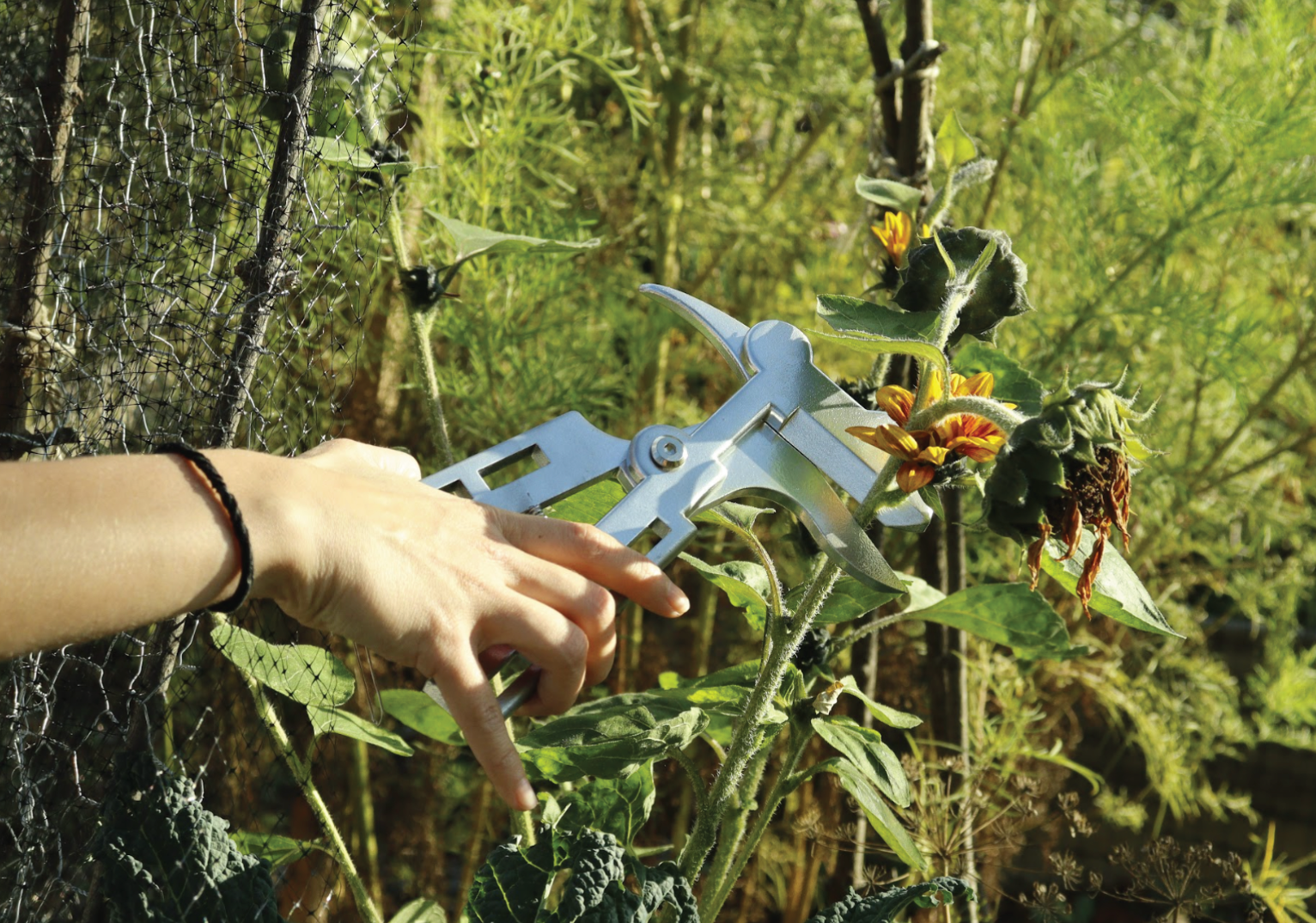
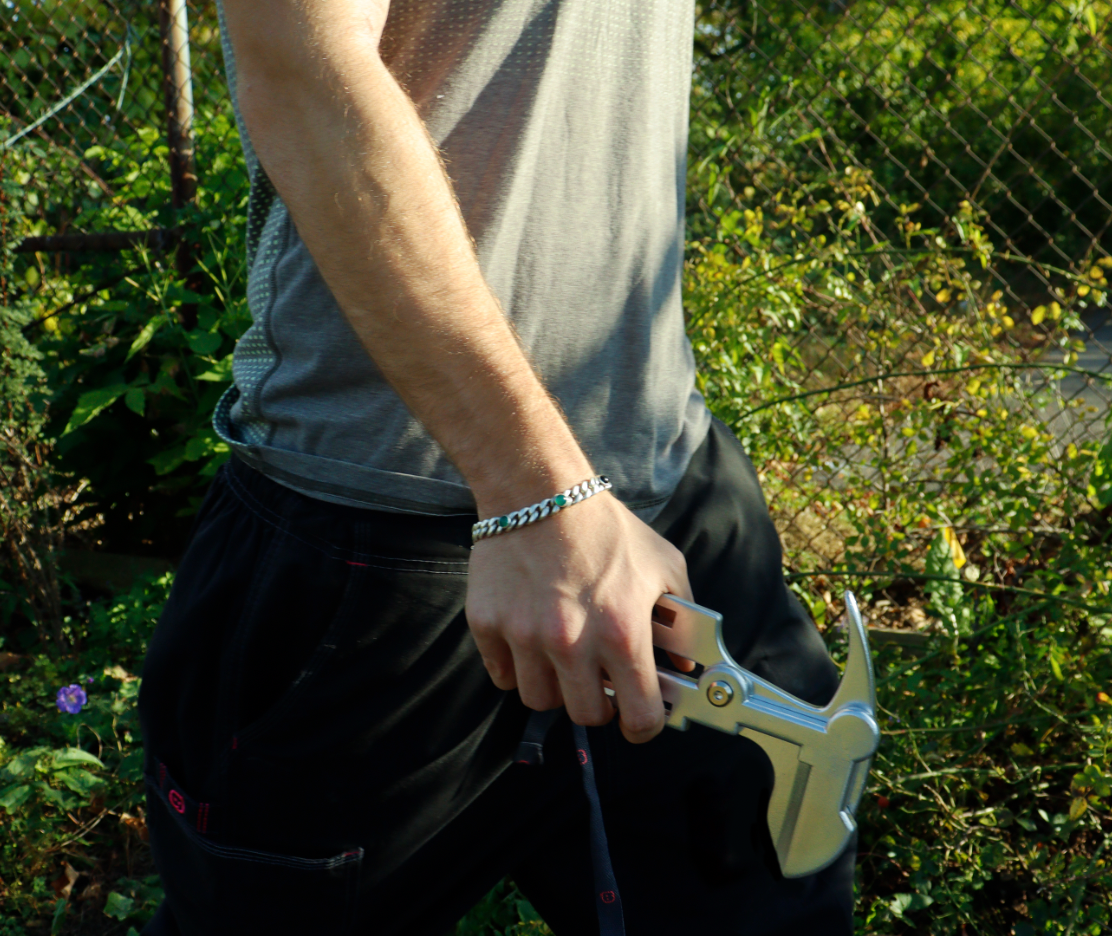
Designed for a Semiotics assignment - Pterra is an eccentric and unusual design-driven pair of garden snips that are functional enough to use, yet stylish enough to be a fashion accessory. It's skeletal frame exposes how the tool operates while paying homage to its prehistoric reference. Pterra provides controlled cutting for small branches, light pruning, and shaping tasks common to indoor and balcony gardens. In a market often split between highly functional tools and crafty artisinal pieces, Pterra introduces a functional and visually expressive middle ground.
Pterra finds its place among people who view their objects as extensions of their living spaces rather than items to be hidden away. It's distinctive silhouette naturally draws attention and invites conversation, whether in the hands of a designer or someone who simply appreciates thoughtful design. The pterodactyl form is not random, but rather a reference to a prehistoric form that was able to bite with as much precision as these shears can cut with. Whether sitting on your coffee table, hanging from your backpack, or helping you harvest fruits and vegetables, Pterra remains reliable in a variety of settings.
Process
I started this project with a market analysis to understand what currently exists within the landscape of garden snips. The market revealed a clear divide: performance-driven tools like Felco and Fiskars built for professionals, and craft-oriented brands like Niwaki and Okatsune focused on heritage and handmade aesthetics. Between these extremes lies an overlooked middle ground, tools that combine reliable performance with expressive design. This research clarified the projects semiotic direction...
How might we create a pair of snips positioned between the market of primarily performance-driven garden tools and high-material artisanal objects that is functional enough to use, yet expressive enough to exist as a fashion accessory?
Given this, I created a moodboard to to explore how expressive form and personality could merge with function. I drew inspiration from postmodern design, particularly the Alessi products below.
First Moodboard
From this I produced my first round of sketches, exploring different forms and motifs.
Ideation Sketches
After these sketches, I felt I had a strong direction for the form, but I wanted to refine the balance between playfulness and purpose. I was drawn to the pterodactyl-inspired form, as it naturally lends itself to versatility, capable of planting seeds, moving branches aside, or adapting to whatever small tasks the gardener needs it to do.
Since this is a tool with the potential to be dangerous, it needed a sense of restraint and precision, it shouldnt be too playful. I created a second moodboard that shifted toward a more functional aesthetic while merging with subtle ornamental detailing. This informed me to refine my sketches into two concepts.
Second Moodboard
Concept Refinement
From here I went into simplifying the form even more, trying to ground the Pterodactyl motif even more into the form.
Combination Of Refinements
After these refinements, I went right into prototyping.

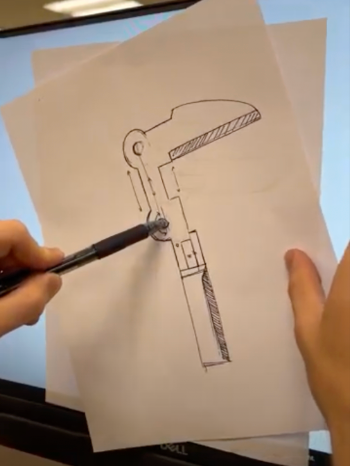
Paper Prototyping
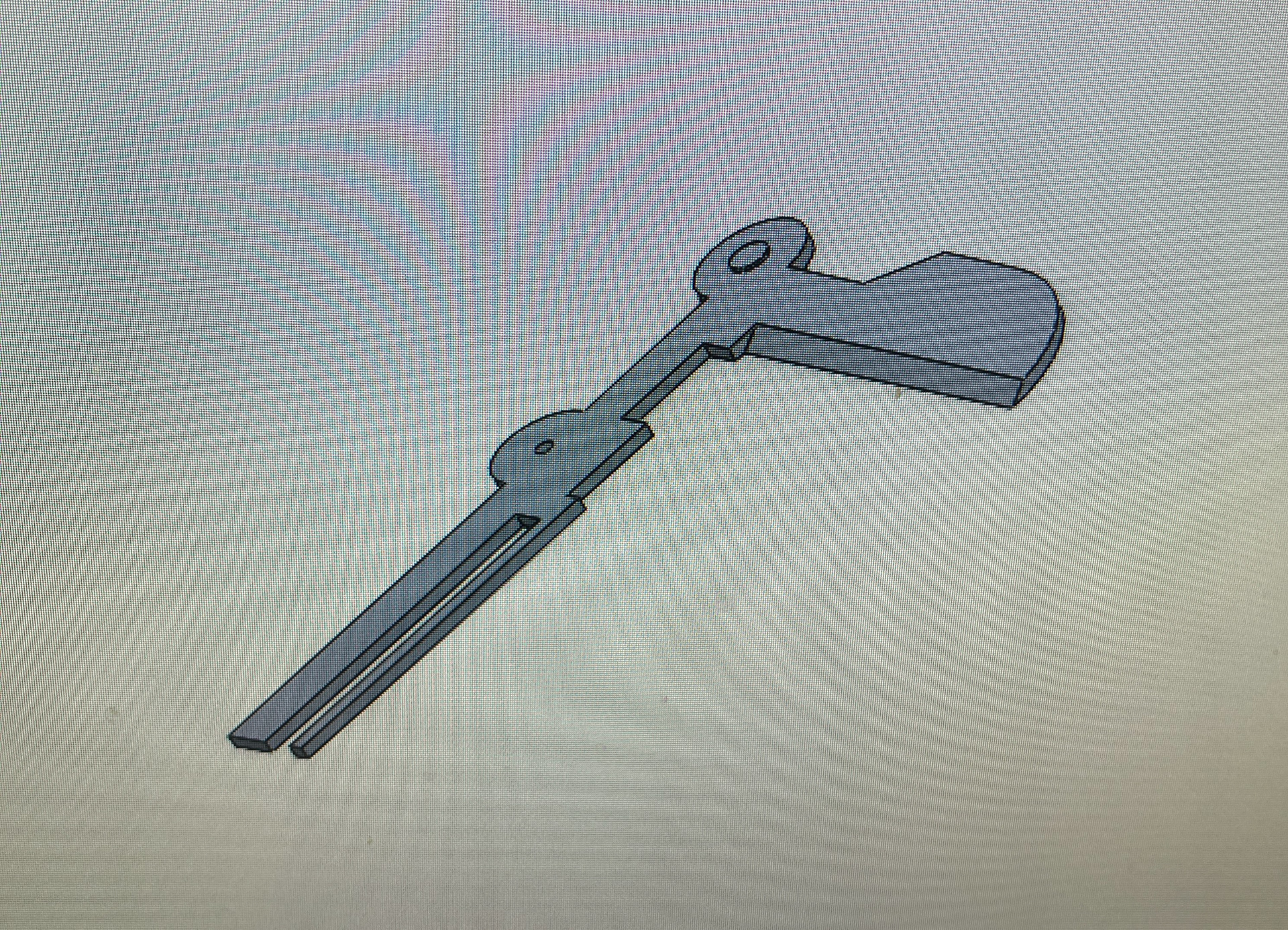
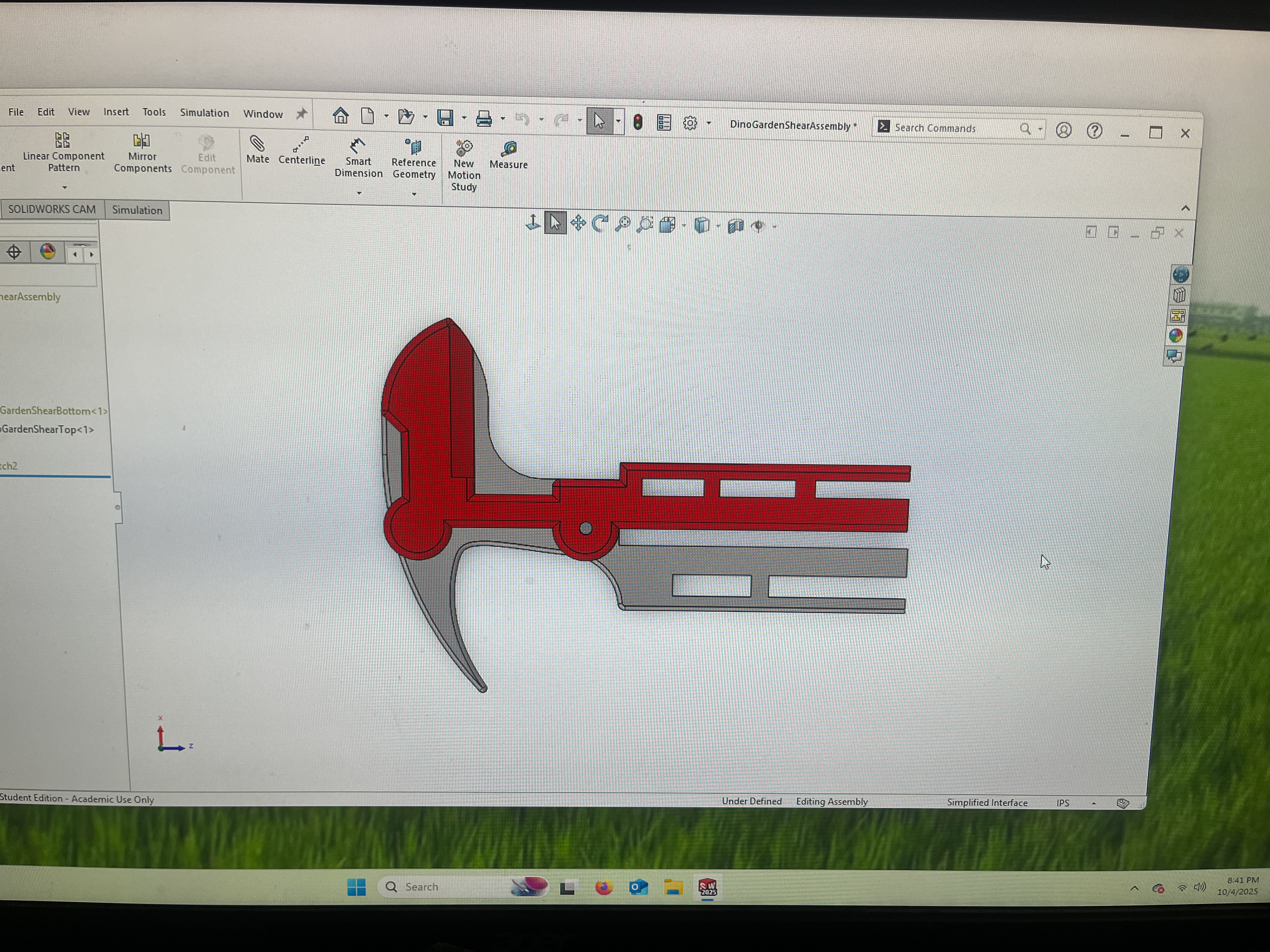
Modeled In SolidWorks
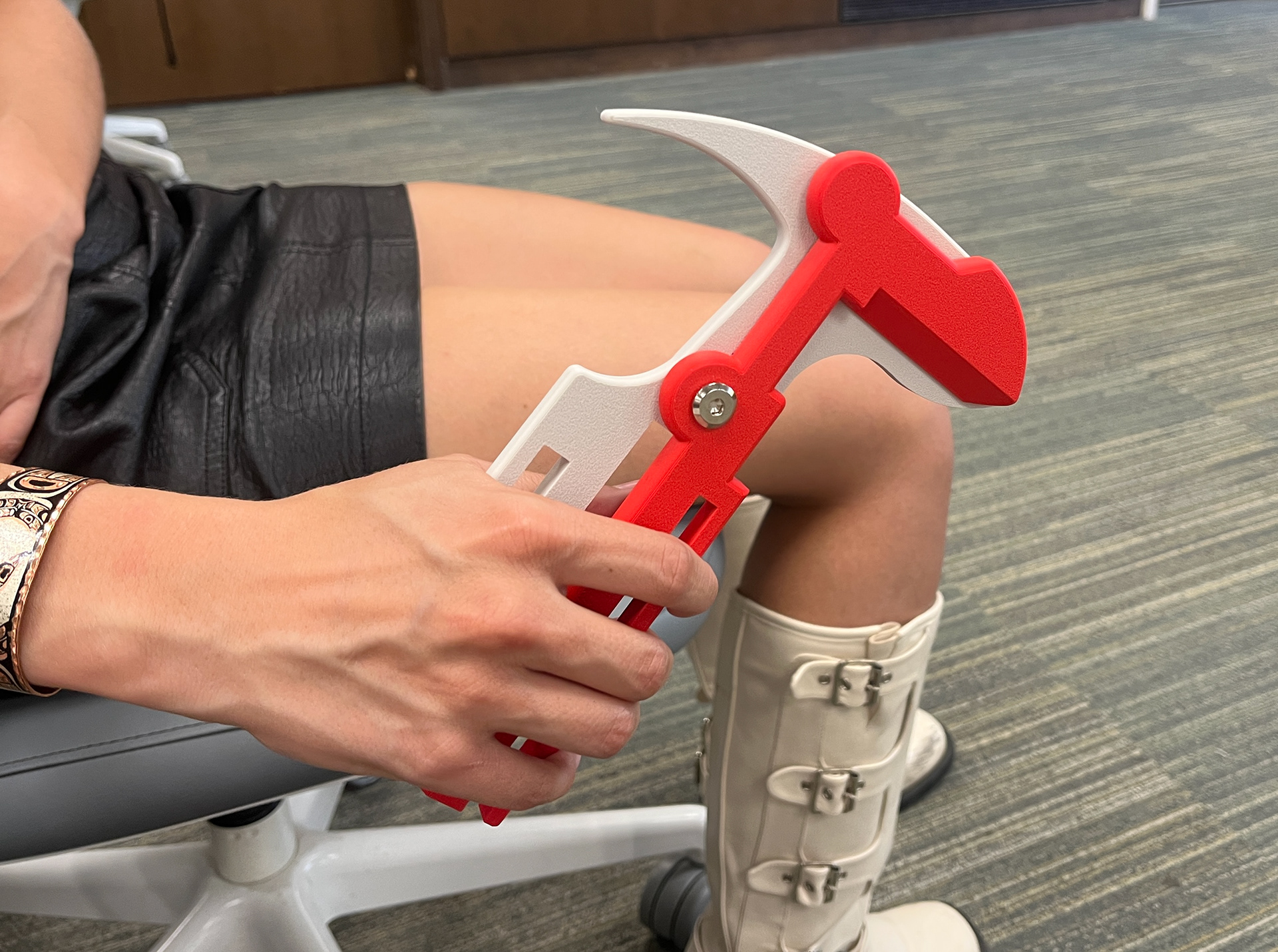
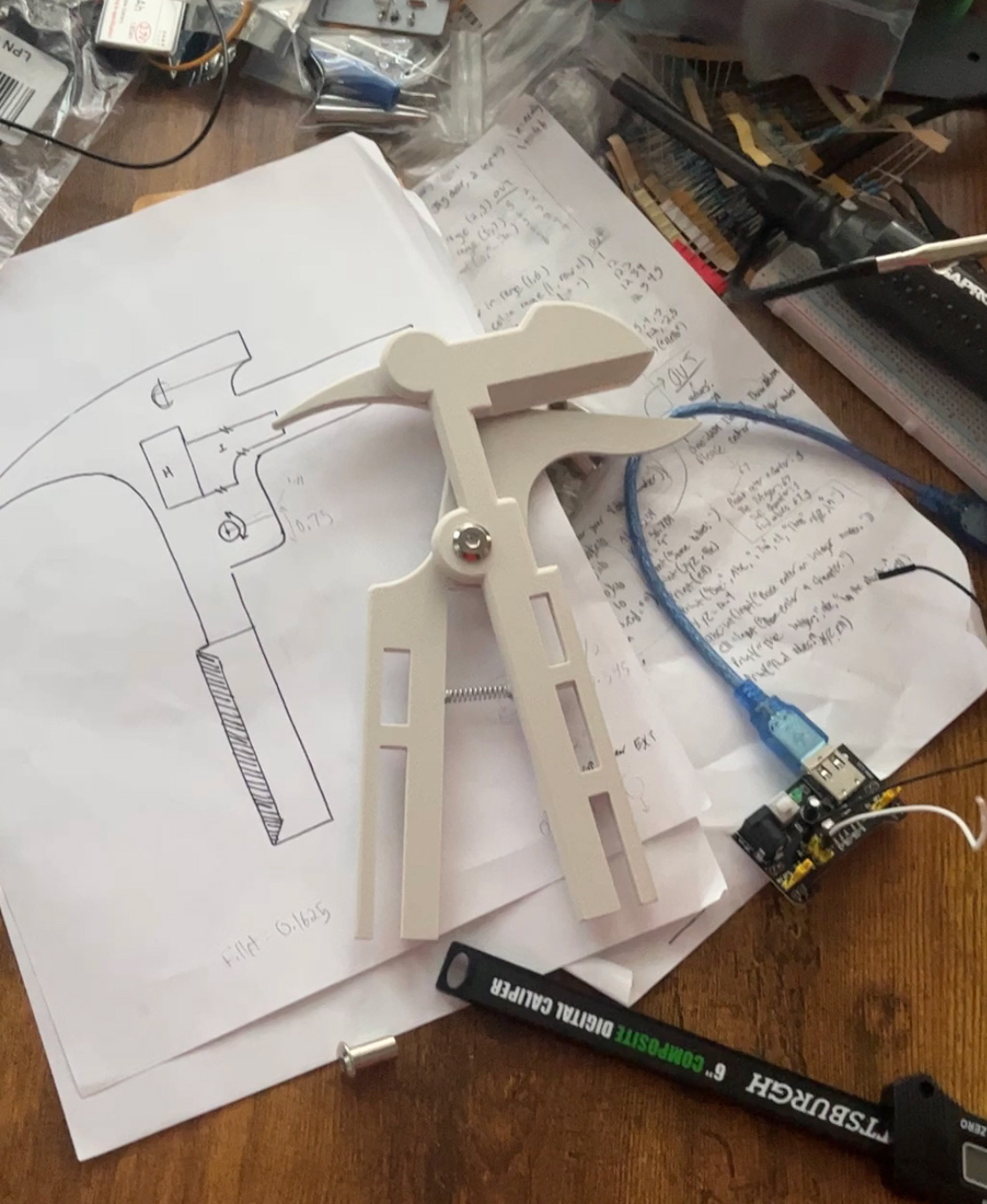
Printed Prototype With Hardware
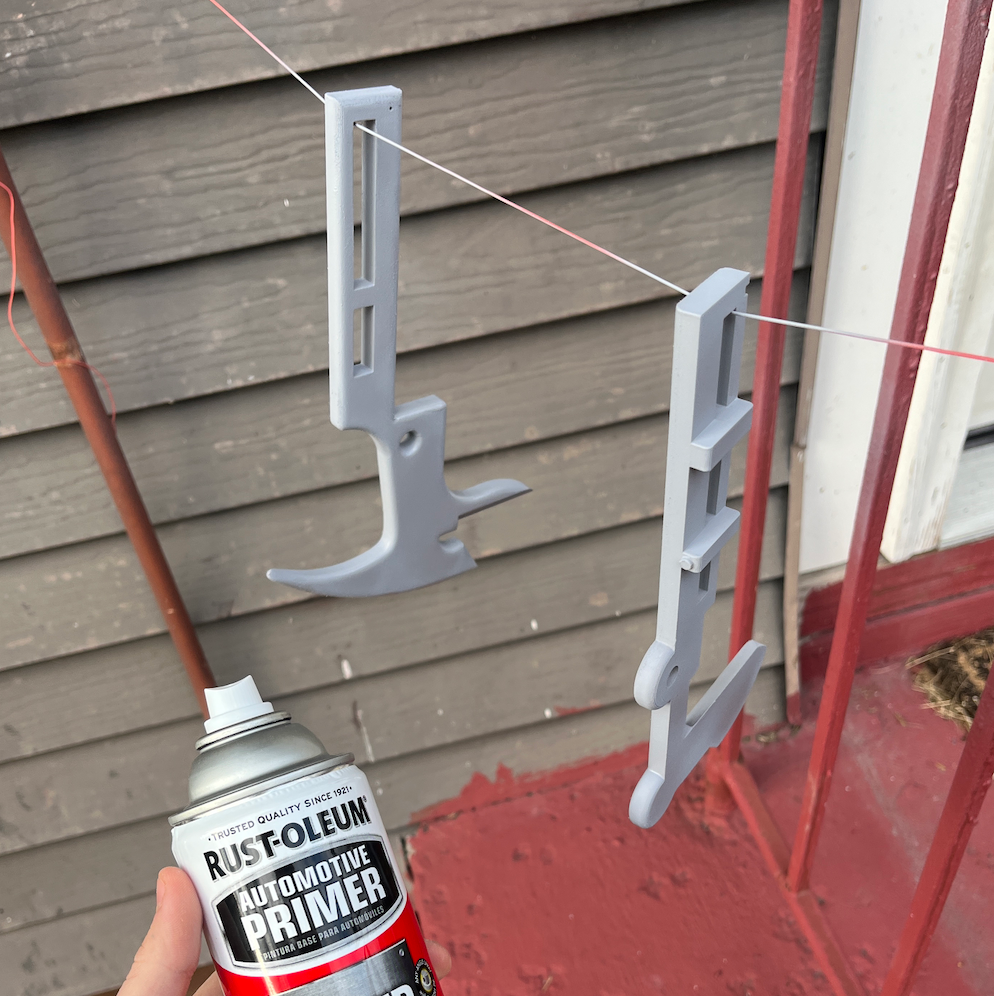
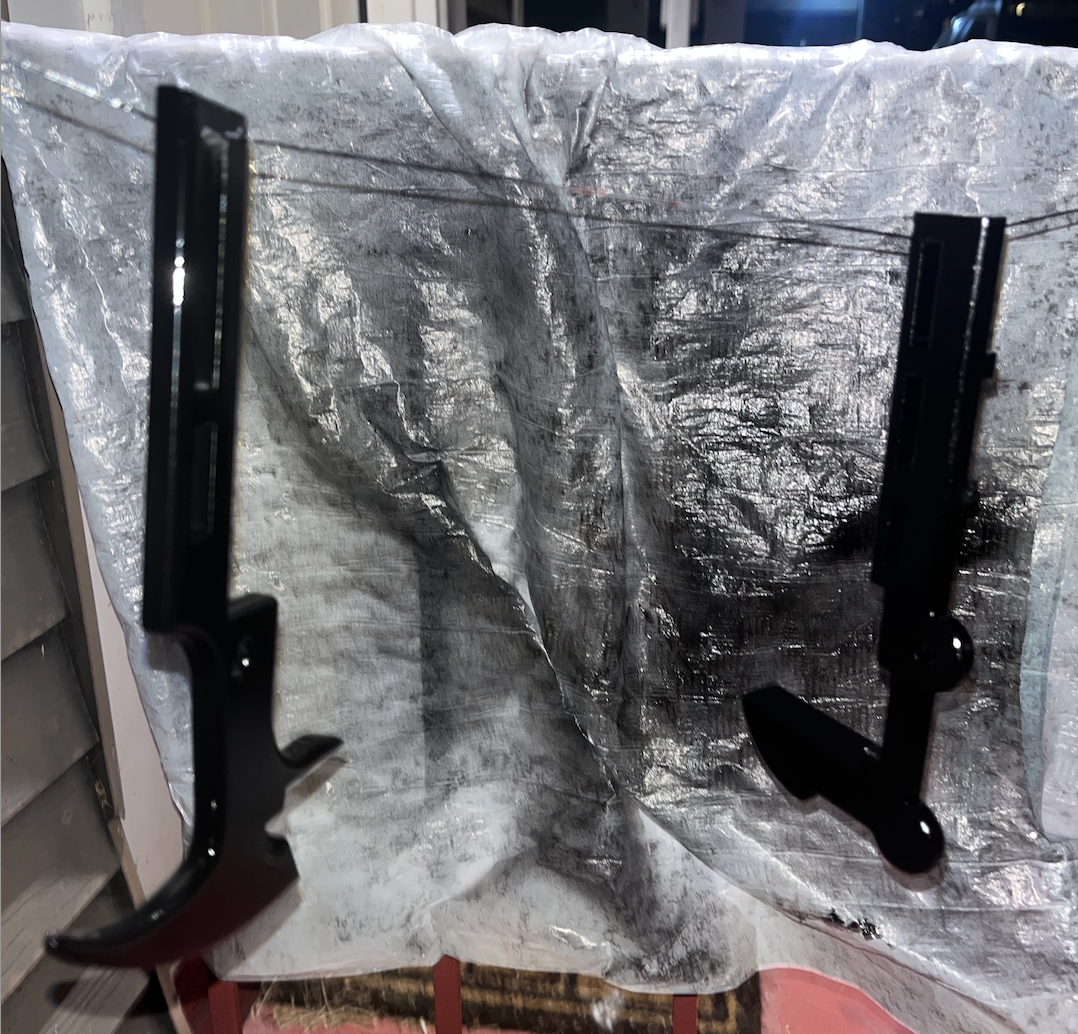
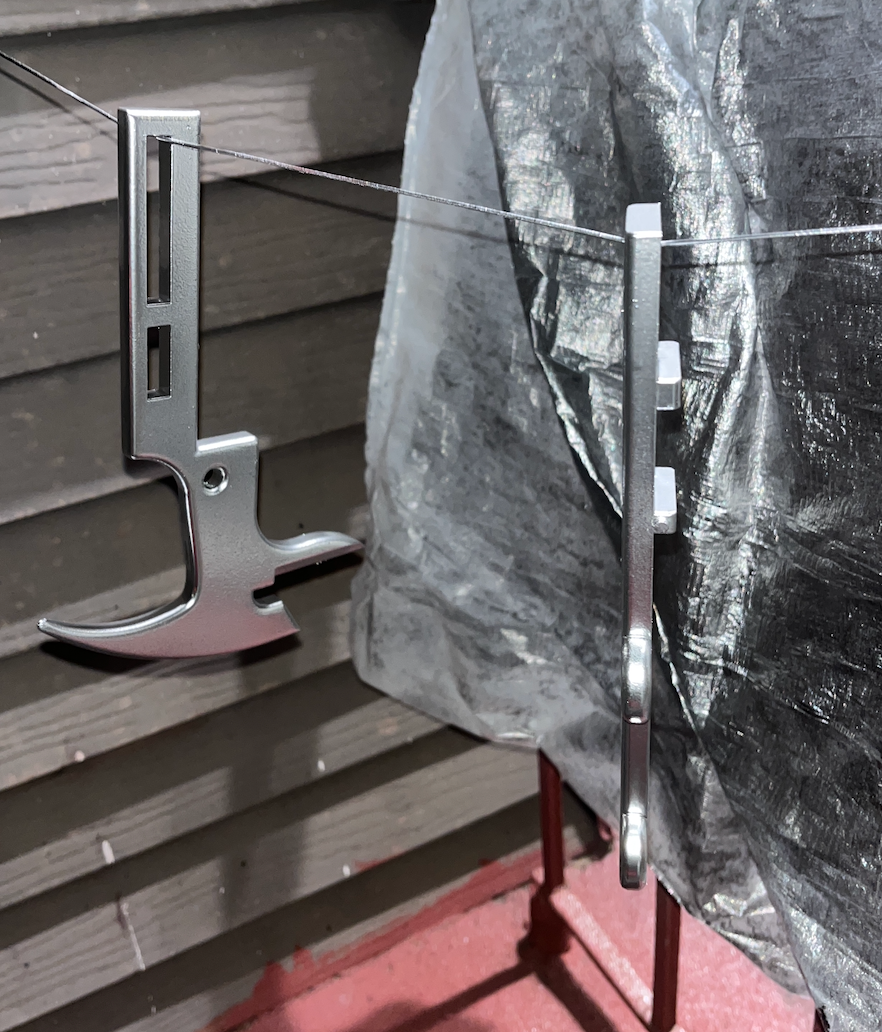
Applying Material Finish
The chrome finish was achieved by sanding the printed surface smooth, followed by two coats of primer, two coats of glossy black, and two final coats of chrome.
Chrome Finish
Visual Identity
In creating the visual identity for Pterra, I first looked at products and graphic design that emerged from the 1996-2002 “Gen X soft club” movement. The soft chrome finishes and subtle futurism promote the eccentric form and give it a reasonable place to exist. I also looked at modern hiking gear branding for a more refined smplicity. I believe that the mix of these two work well and keep the product believable for its form.
Graphic Design Moodboard
Logo and Color Ideation
Pterra Emblems
The emblems were created to emphasize Pterra’s silhouette and elude to the fossil motif. Each emblem is modeled after a real fossil from when the pterodactyl lived.
